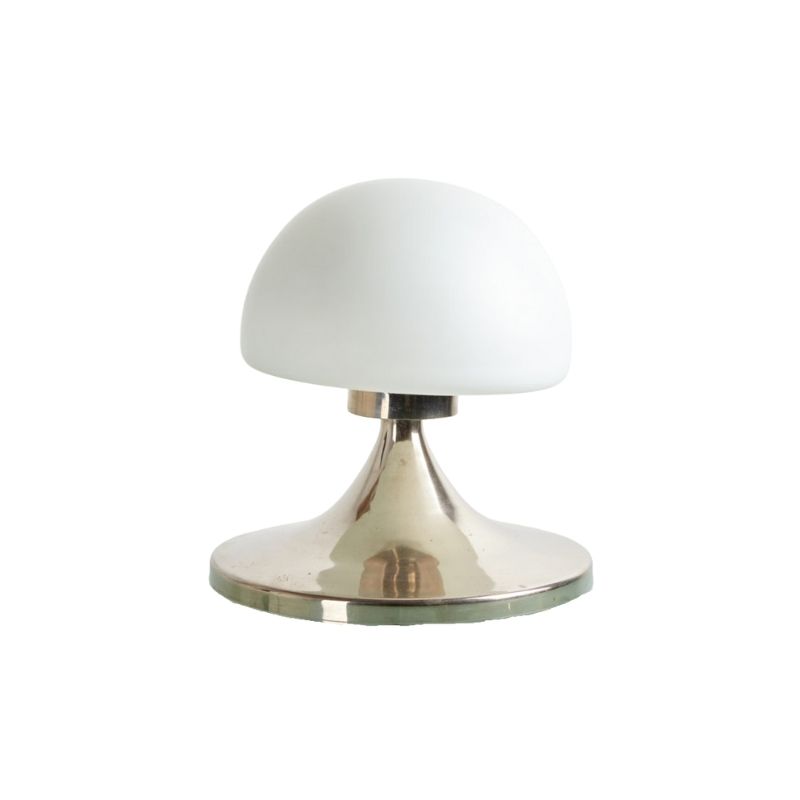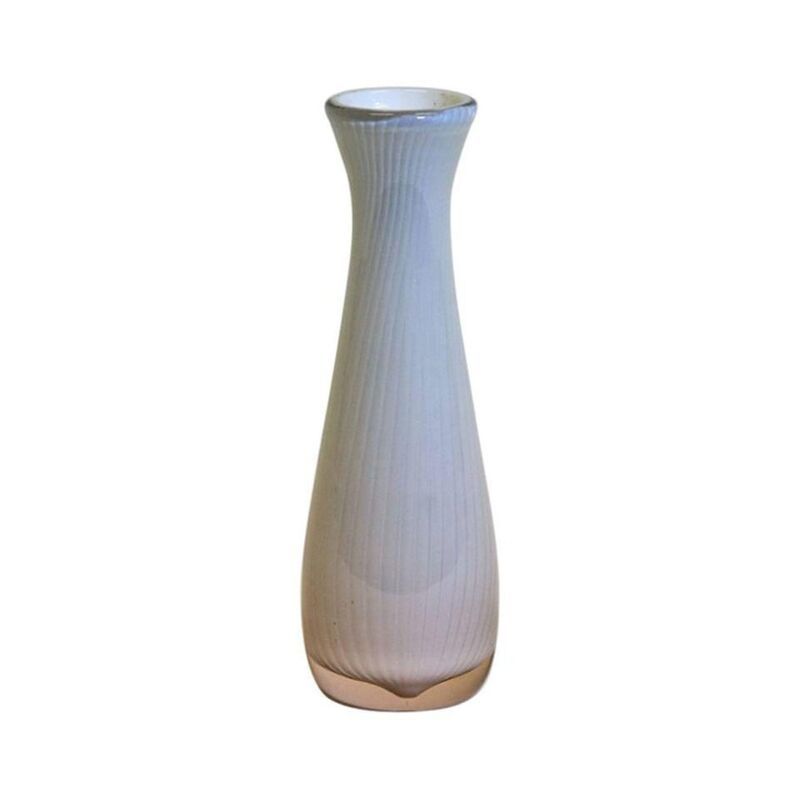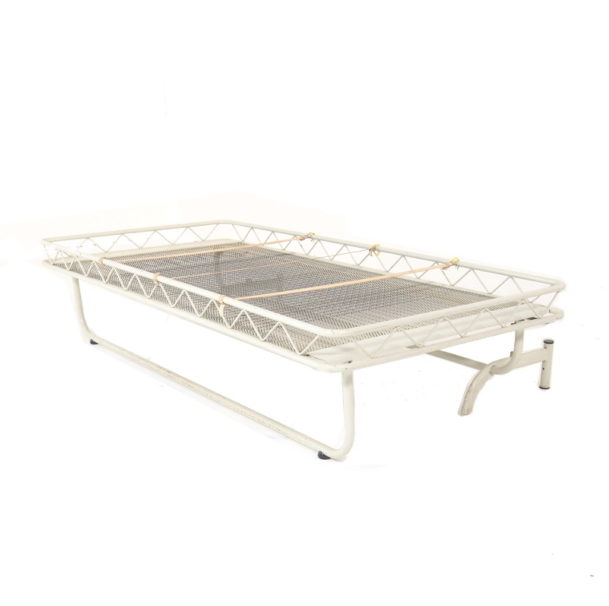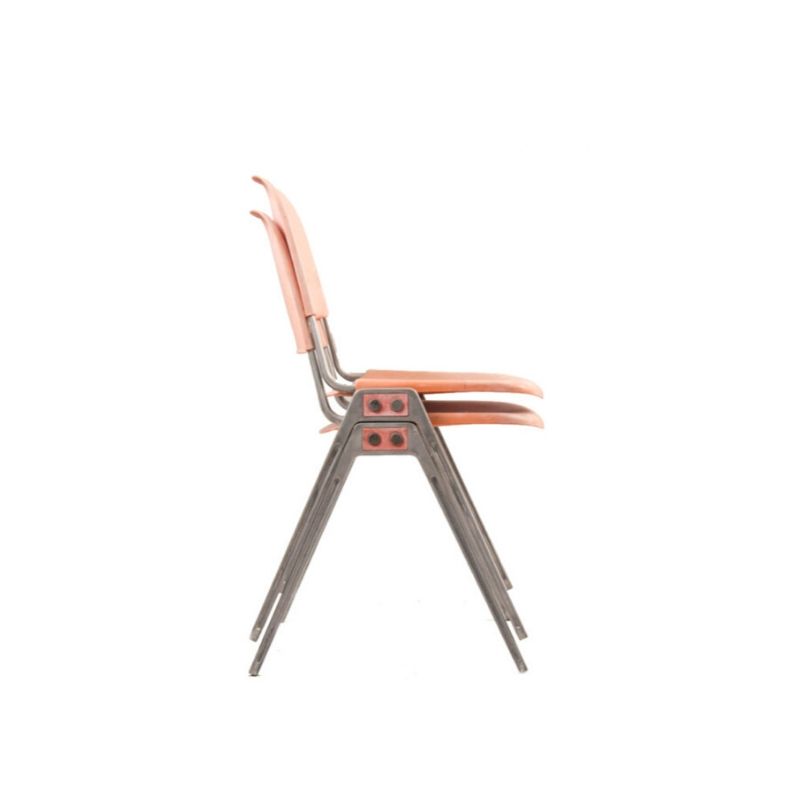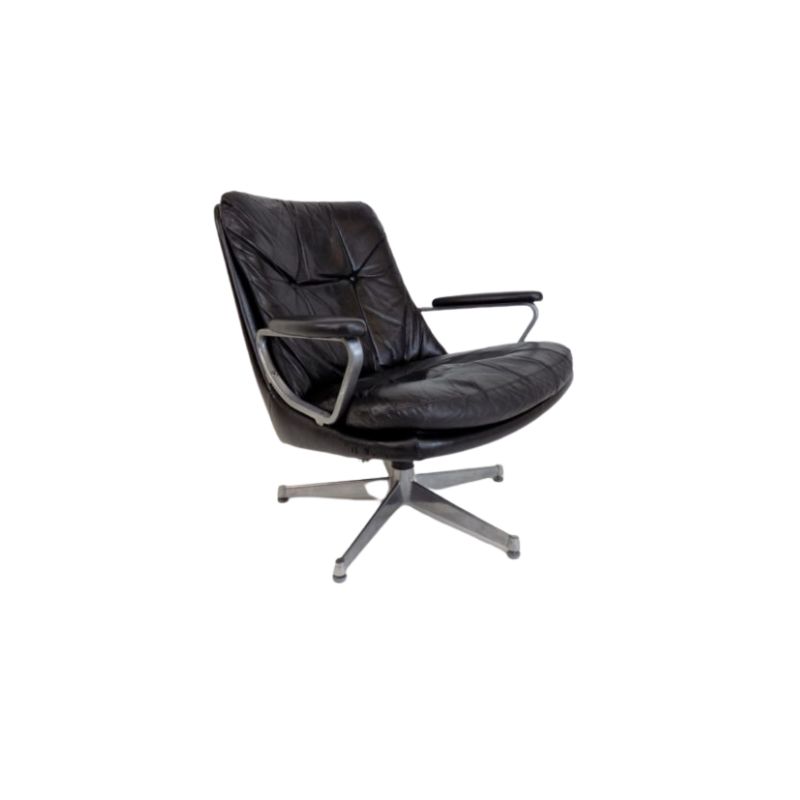Right, and I already had it disassembled to sand and oil.
I also think that covering these like Mollers looks much better than the more squared off vinyl that these chairs typically have - no disrespect to Mr. Volther! The rounded edges of the vinyl compliment the curves of the chair better.
Not sure if anyone knows, but in refinishing the wood I came to doubt that these were teak - seemed more like afromosia based on the color, grain and endgrain. Does anyone know this to be the case?
Post a photo. I suspect the legs may be Afrormosia, and the backrest teak. These chairs were made for a budget.
And I am currently re-weaving the basketweave danish cord seats on a set of Swedish Svegards chairs. They have a similar system for bolting the seat frame to the legs, with corner blocks. And all the cord is attached to the frame with round head nails. It is original, but it does not look very professional. My point is that it can be done with nails.
Leif, do your Swedish chairs have a deep routed channel into which the nails are pounded? I did some Swedish chairs for someone awhile back that had that feature. The nails were a pain to ease out of the slots because the wood was thin and prone to breaking and the nail heads would snap off very easily, too. Nice chairs, though.
I currently have a set of Svegards too. Haven't decided what to do with them, but they have the upholstered inset backs so I don't think cord is an option. Could you post a photo of how you are doing the cord just for reference though, leif?
And I think you're right - the legs are definitely different than the backs.
I just had a set of early Volther's and they were afromosia legs, with teak veneered plywood backs, as Leif hypothesized. There were 4 of them, and I sold them with 2 later production of the same design that were entirely teak (except the apron, that was beech on both). The later production pieces, were also slightly taller, by about a cm or two.
If you need any help, please contact us at – info@designaddict.com



